Plate Tectonics Worksheet Answer Key
Plate tectonics is a fascinating subject that involves the movement and interaction of Earth's crustal plates. For educators or students seeking a better understanding of this concept, a worksheet can be a valuable tool. With a well-designed worksheet and a comprehensive answer key, learners can delve into the intricacies of plate tectonics and test their knowledge along the way.
Table of Images 👆
More Other Worksheets
Kindergarten Worksheet My RoomSpanish Verb Worksheets
Cooking Vocabulary Worksheet
DNA Code Worksheet
Meiosis Worksheet Answer Key
Art Handouts and Worksheets
7 Elements of Art Worksheets
All Amendment Worksheet
Symmetry Art Worksheets
Daily Meal Planning Worksheet
What is plate tectonics?
Plate tectonics is the geological theory that describes the Earth's outer shell, or lithosphere, as being divided into several large plates that continually shift and interact with each other. These movements are driven by the heat from the Earth's interior, causing processes like the formation of mountains, earthquakes, and volcanic activity at plate boundaries.
What are the three main types of plate boundaries?
The three main types of plate boundaries are divergent boundaries, where plates move apart from each other; convergent boundaries, where plates move toward each other and collide; and transform boundaries, where plates slide past each other horizontally.
What happens at a divergent boundary?
At a divergent boundary, tectonic plates move away from each other, creating new crust as magma rises to fill the gap. This process results in the formation of mid-ocean ridges on the ocean floor and rift valleys on land. Divergent boundaries are responsible for seafloor spreading and the constant renewal of the Earth's crust.
What is a transform boundary?
A transform boundary is a type of tectonic plate boundary where two plates slide past each other horizontally in opposite directions. The movement along these boundaries is mainly lateral, creating strike-slip faults. Transform boundaries are characterized by frequent earthquakes due to the intense friction between the sliding plates.
What is a subduction zone?
A subduction zone is a tectonic boundary where two lithospheric plates converge and one plate sinks (subducts) beneath the other into the Earth's mantle. This process creates deep oceanic trenches, volcanic arcs, and earthquakes, as the subducted plate's material is forced down into the mantle.
Which tectonic plates are involved in the formation of the Himalayan Mountains?
The collision and convergence of the Indian Plate and the Eurasian Plate are responsible for the formation of the Himalayan Mountains. The Indian Plate is moving northward and pushing against the Eurasian Plate, resulting in the uplift and formation of the Himalayas.
How does plate tectonics contribute to the formation of volcanoes?
Plate tectonics play a crucial role in the formation of volcanoes by creating tectonic plate boundaries where magma rises to the surface and erupts. There are three main types of plate boundaries where most volcanic activity occurs: divergent boundaries where plates move apart, allowing magma to rise from the mantle and create new crust; convergent boundaries where one plate subducts beneath another, melting and generating magma that leads to explosive volcanoes; and transform boundaries where plates slide past each other, causing friction and potentially leading to magma buildup and volcanic eruptions.
How do convection currents in the Earth's mantle relate to plate tectonics?
Convection currents in the Earth's mantle play a crucial role in driving the movement of tectonic plates. These currents, caused by the heat from the Earth's core, create a cyclical motion of molten rock within the mantle. As the hot material rises and the cooler material sinks, it generates forces that push and pull on the overlying tectonic plates. This process is a key component of plate tectonics, influencing the movement of the plates and the formation of features such as mid-ocean ridges, subduction zones, and volcanic activity.
What evidence supports the theory of plate tectonics?
Evidence supporting the theory of plate tectonics includes the matching shapes of continents like South America and Africa, distribution of earthquakes and volcanoes along plate boundaries, magnetic stripes on the ocean floor indicating sea floor spreading, and the presence of deep ocean trenches and mid-ocean ridges. Additionally, the movement of tectonic plates, as shown by GPS measurements and the historic movement of continents, further validates the theory of plate tectonics.
How has plate tectonics shaped the Earth's geography over millions of years?
Plate tectonics has shaped the Earth's geography over millions of years by causing the movement and interaction of the Earth's lithospheric plates. This movement has created various landforms such as mountains, volcanoes, and ocean basins, as well as shaping the distribution of continents and oceans. The process of plate tectonics has also influenced the formation of earthquakes, tsunamis, and the evolution of life on Earth by affecting climate, ocean currents, and atmospheric conditions. Overall, plate tectonics is a fundamental geological process that continues to shape the Earth's geography over geological timescales.
Have something to share?
Who is Worksheeto?
At Worksheeto, we are committed to delivering an extensive and varied portfolio of superior quality worksheets, designed to address the educational demands of students, educators, and parents.

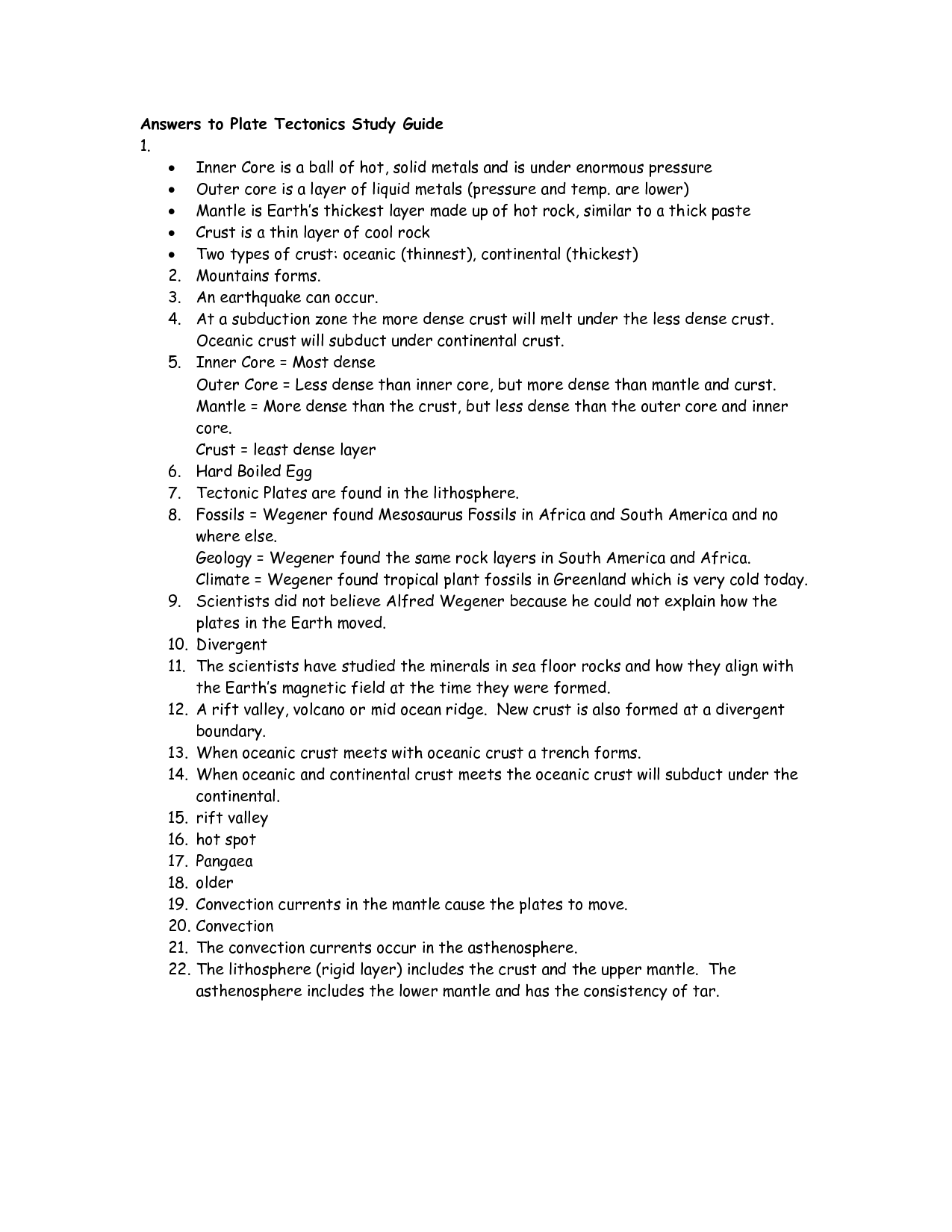



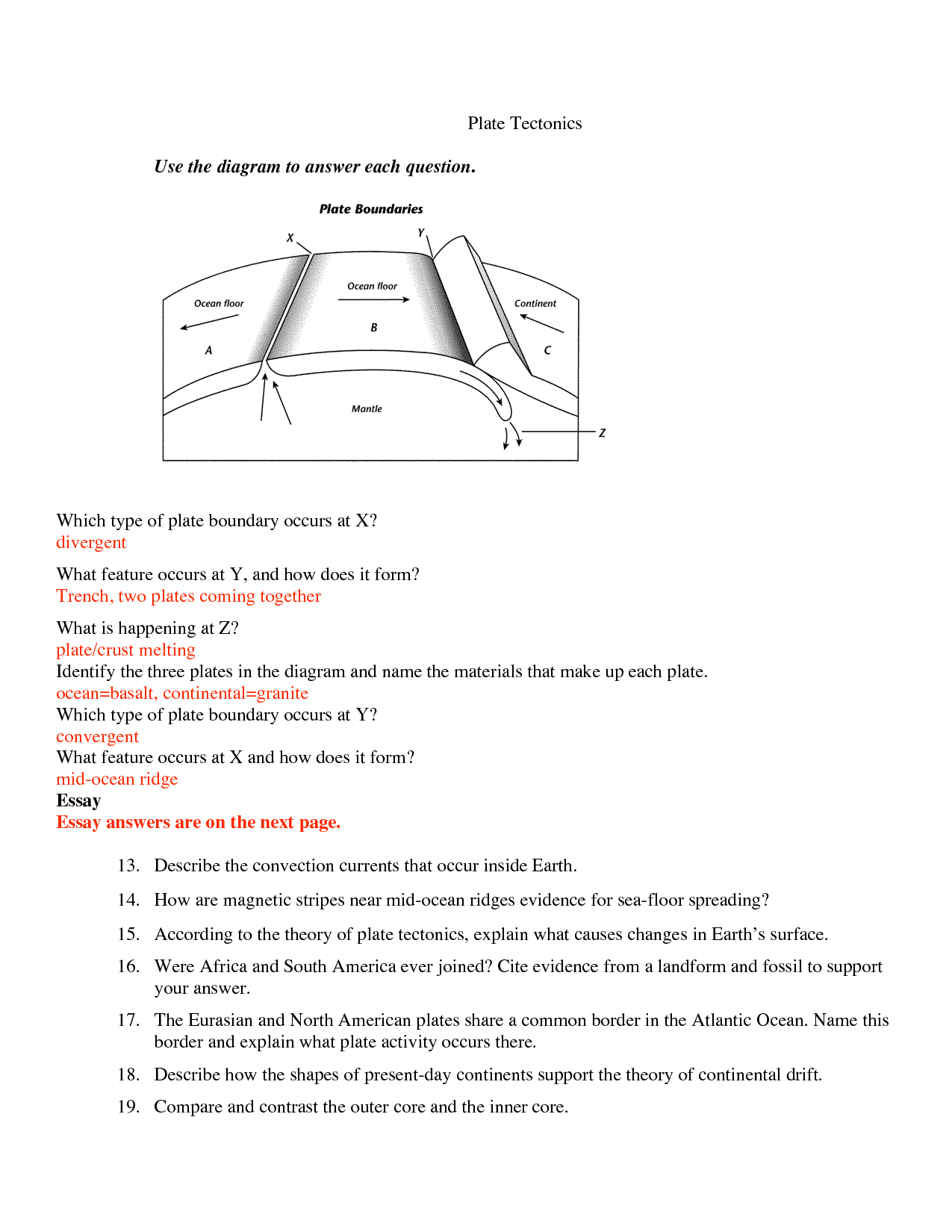
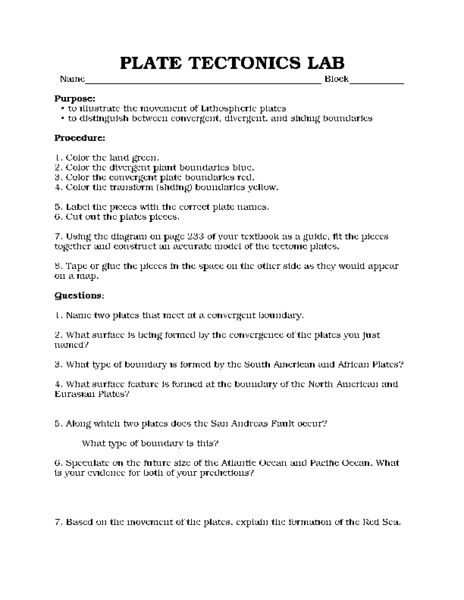
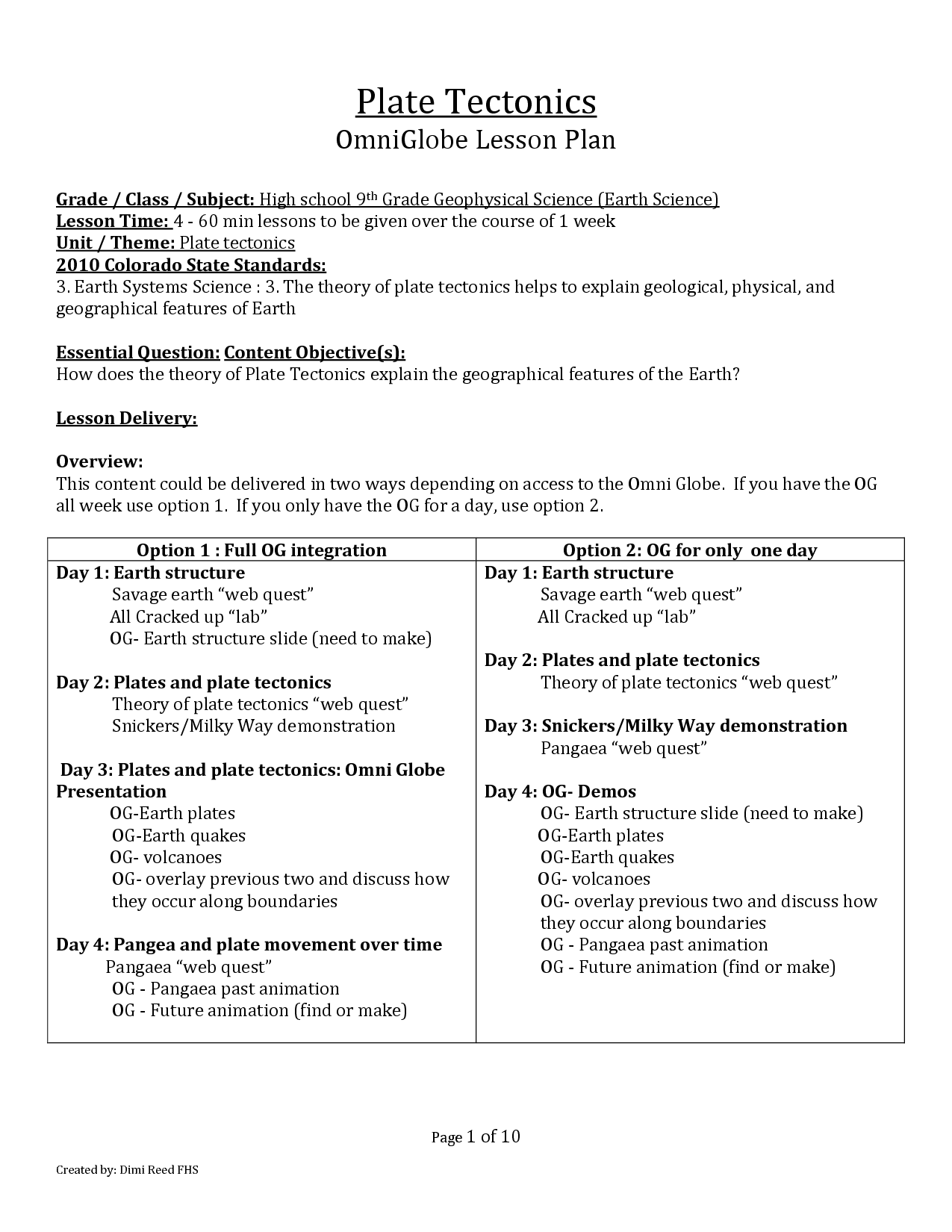
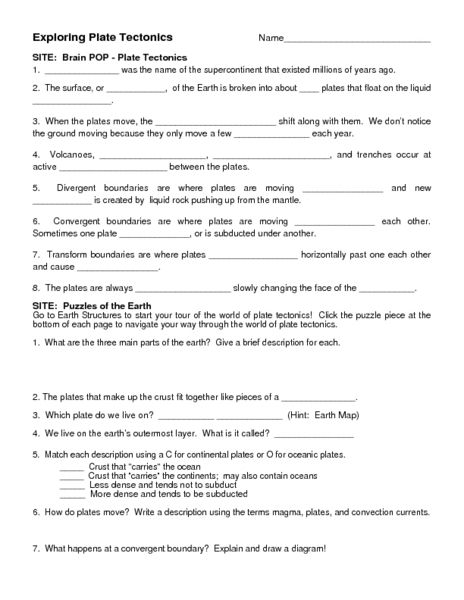
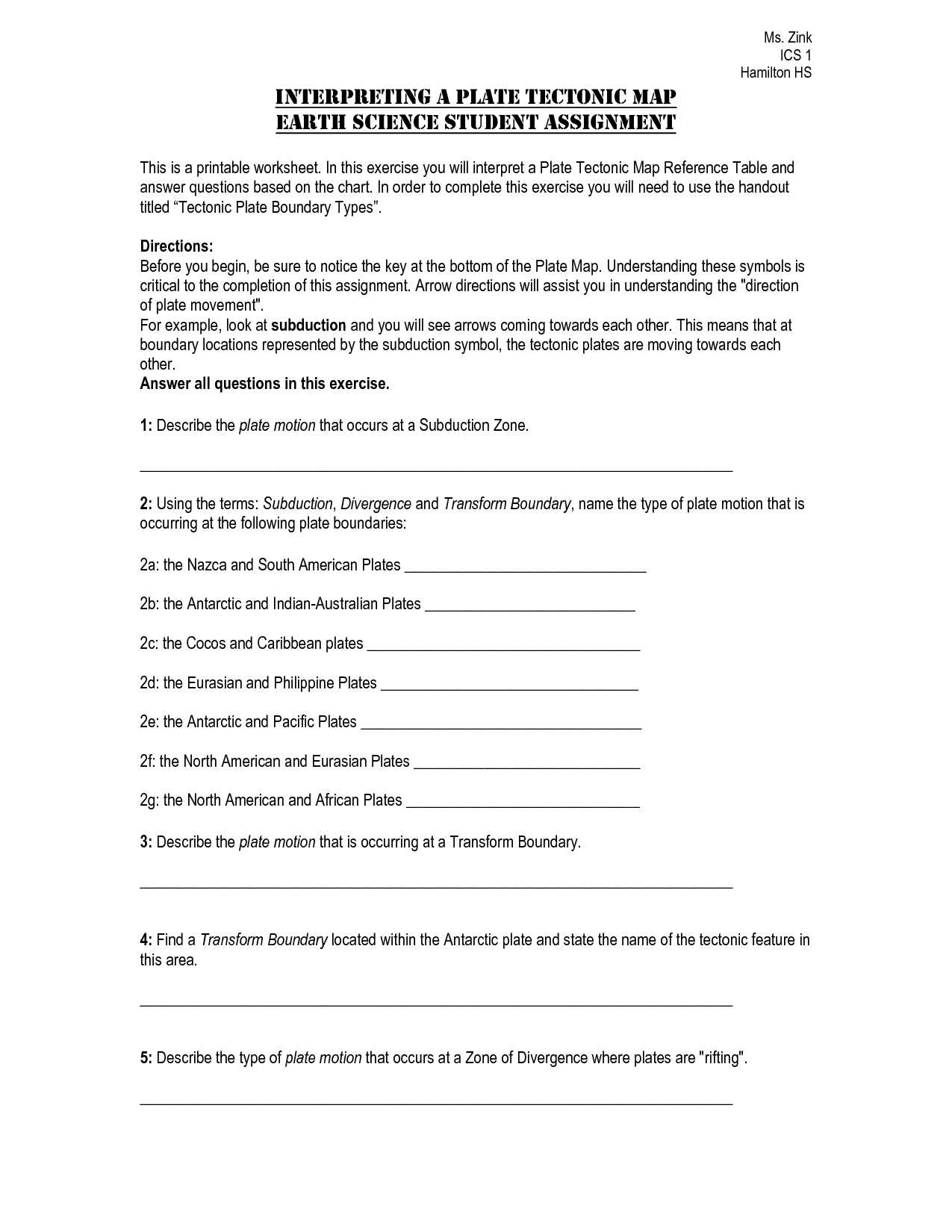
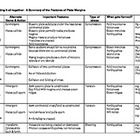
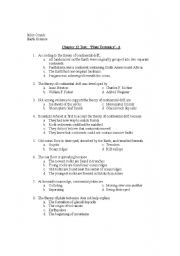
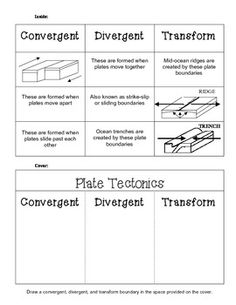
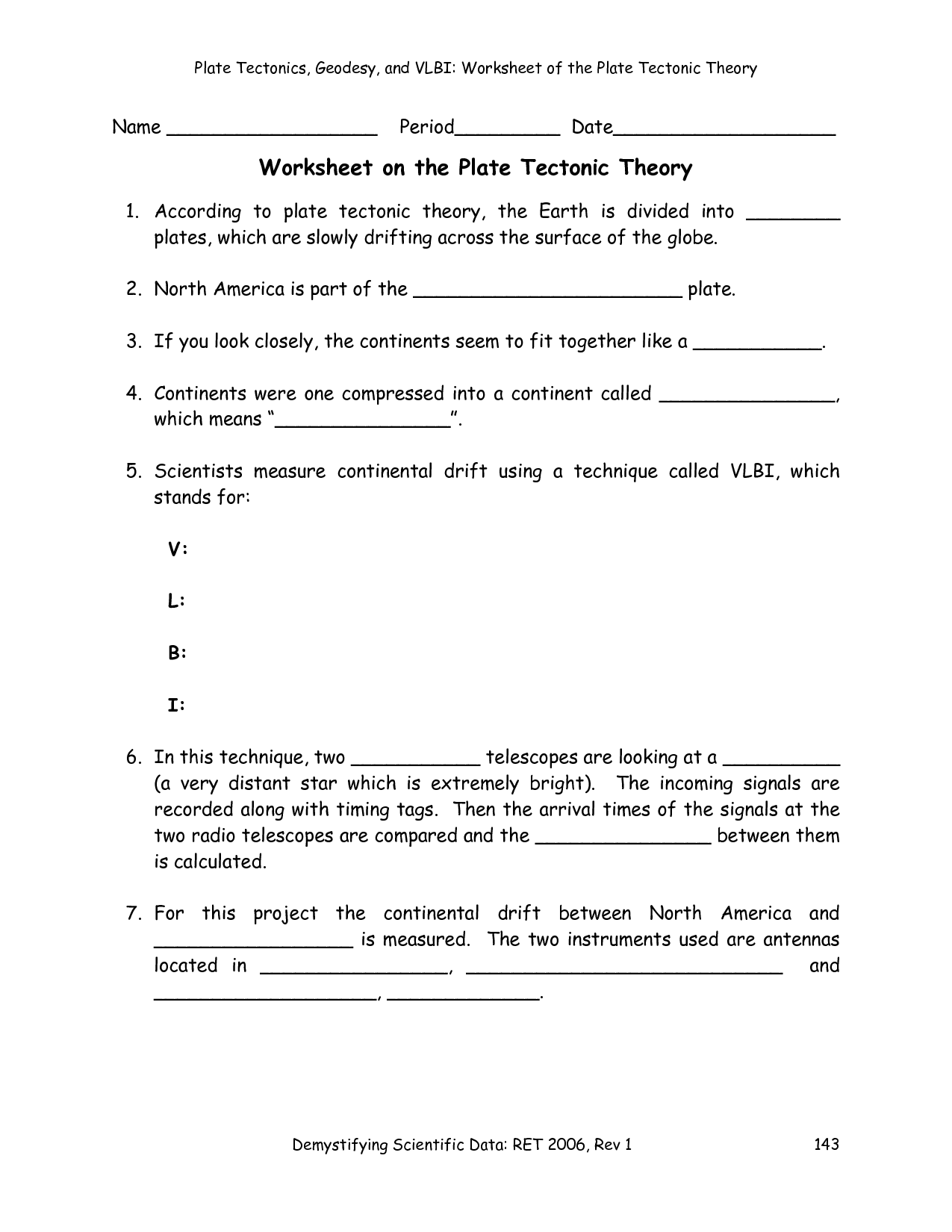
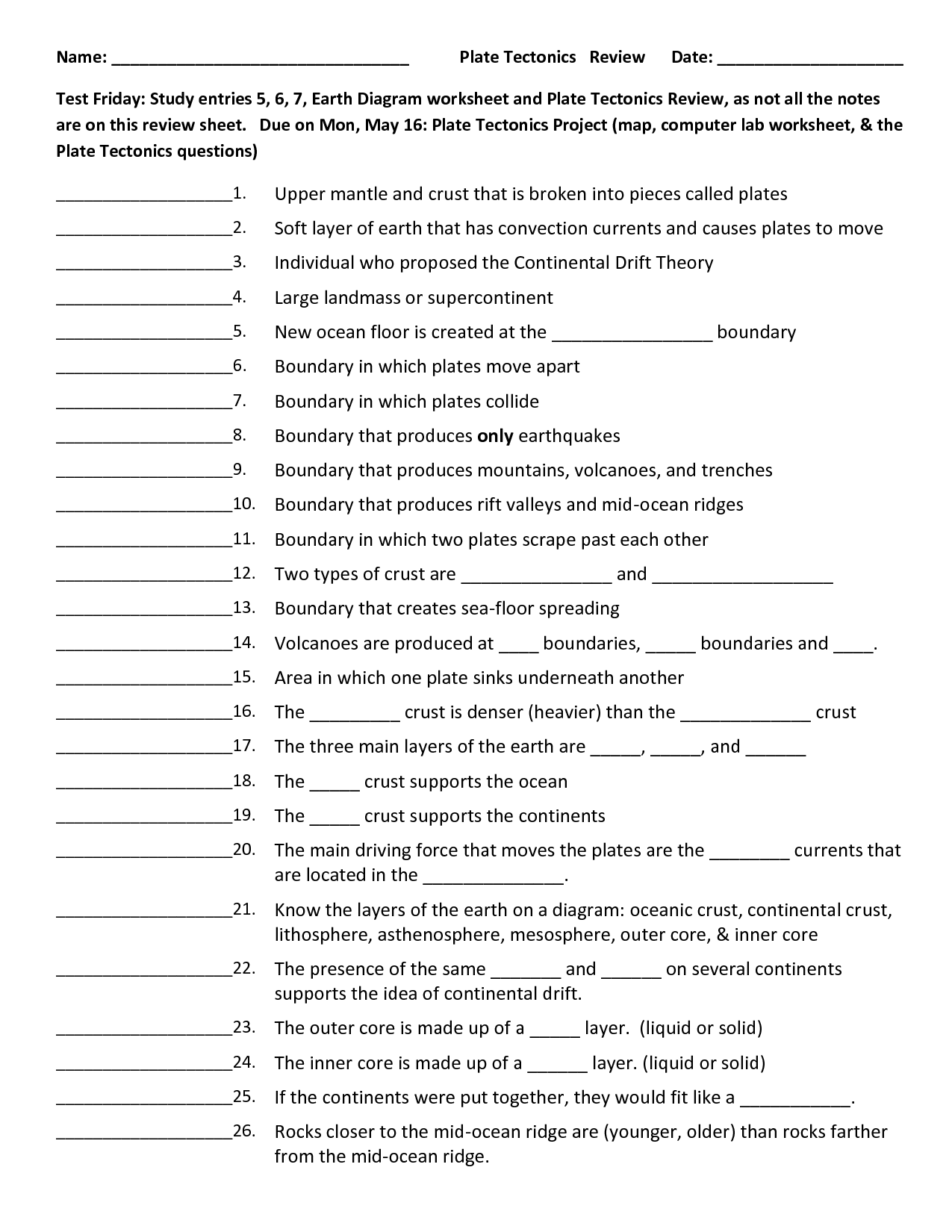
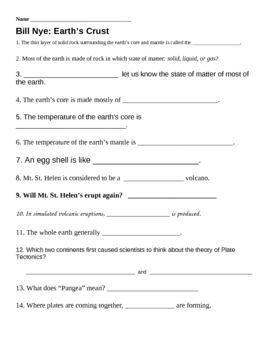
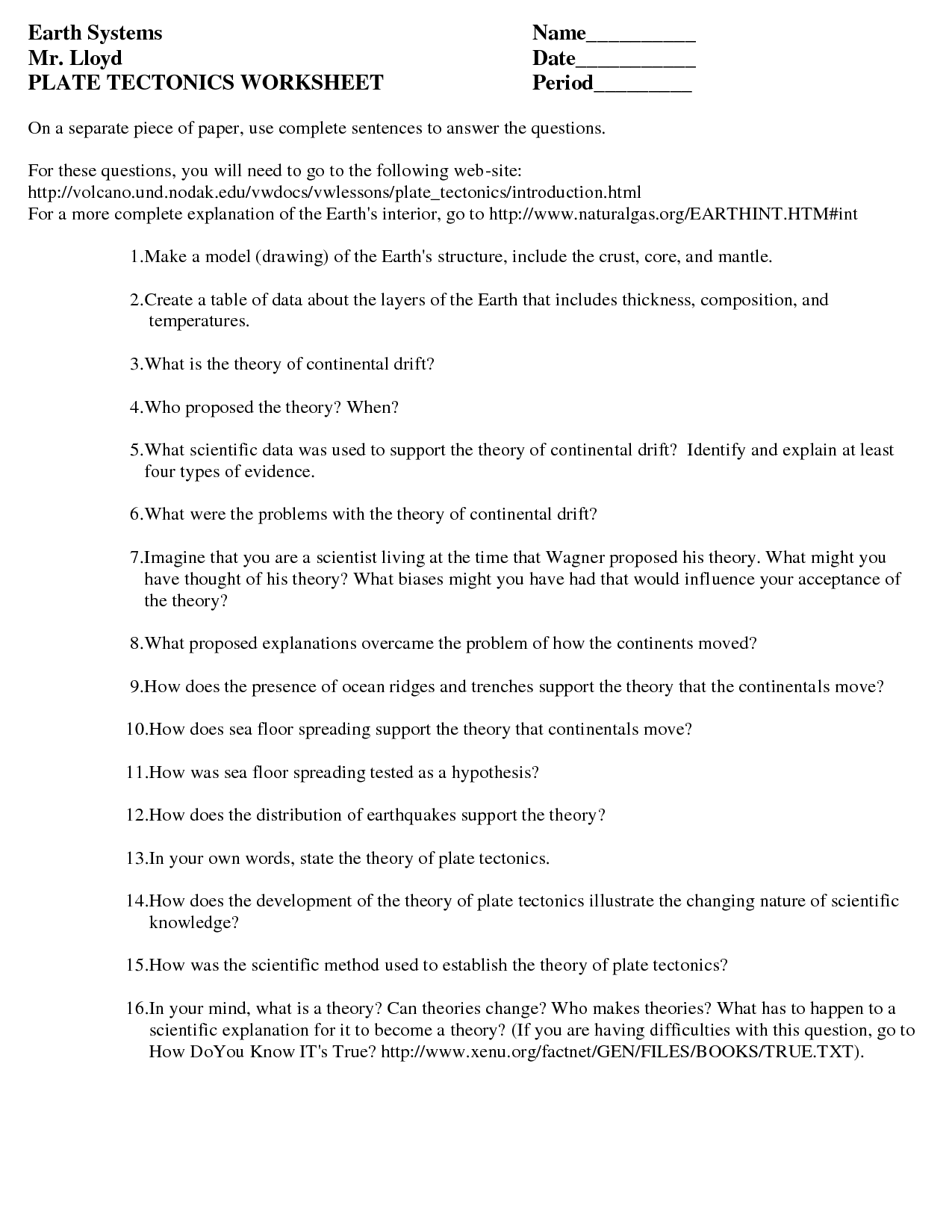














Comments